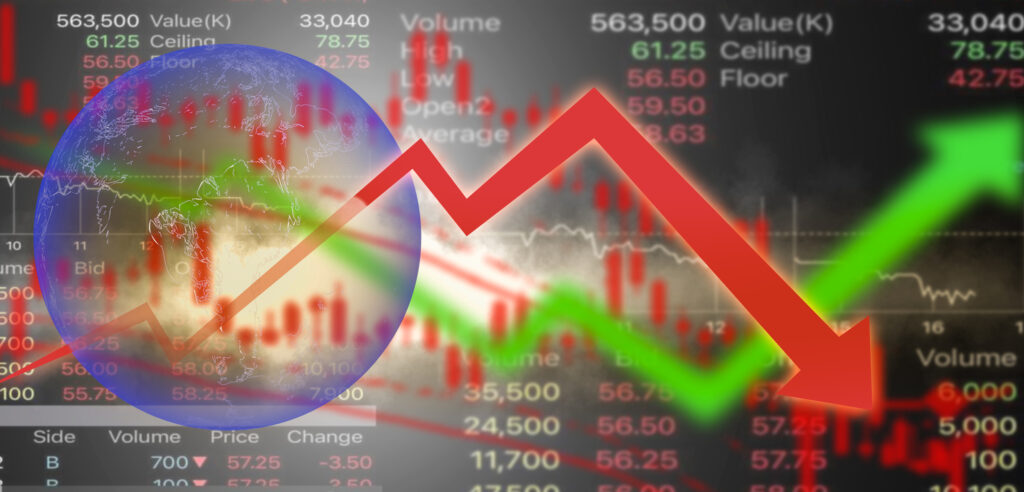
Historically, September has been known as one of the weakest months for U.S. equities, especially the S&P 500 index. Here is a brief overview of its historical performance:
- Statistical Perspective: Based on long-term historical data, September has frequently exhibited negative or flat returns for major U.S. stock indices, such as the Dow Jones Industrial Average (DJIA) and the S&P 500.
- Historical Events: Noteworthy market declines have made their mark in September. The market crashes of 1929 and 2008 both commenced in this month. Nevertheless, it’s vital to emphasize that the month itself wasn’t the culprit; broader economic, geopolitical, and financial conditions were the true instigators.
- Possible Reasons:
- Seasonal Factors: Historically, September has been a period when investors liquidate positions to realize capital gains or losses, ready themselves for the fiscal year-end, or shuffle assets.
- Behavioral Factors: Post summer vacations, there’s a theory that traders re-enter the market with heightened caution or a tint of pessimism.
- Anomalies: The September effect might also be a mere anomaly with no genuine foundational reason for its lackluster performance.
- International Perspective: The “September Effect” isn’t a uniquely U.S. experience. Several global markets, spanning major European and Asian nations, have similarly witnessed lackadaisical September returns historically.
- It’s Not Absolute: Although September’s reputation precedes it, the month hasn’t been universally grim. Several instances have bucked the trend, presenting positive returns. As always, relying solely on historical patterns is precarious, as past performances don’t certify future outcomes.
Delving deeper into contemporary factors, the political skirmishes, especially the high-stakes duel between Donald Trump and Joe Biden for the U.S. presidency, have sculpted their own influence:
- Policy Uncertainty: Trump and Biden, with their disparate policy agendas, have rendered the markets jittery. A consistent policy environment is the market’s ally, and unpredictability regarding future directions—whether it’s about tax, regulations, trade, or healthcare—can stir up volatility.
- Rhetoric and Announcements: Campaign trails are littered with declarations that can jolt specific industries or the broader market. Trade deal proclamations, stances on drug pricing, or energy policy shifts can all evoke immediate market responses.
- Election Process and Controversies: The 2020 electoral process, marred by concerns over mail-in voting, alleged voter fraud, and result finality, threw additional curveballs. Such controversies or ambiguities can erode investor confidence, inducing market volatility.
- Market Players’ Anticipation and Reaction: Big-ticket players like institutional investors and hedge funds can recalibrate their portfolios anchored in their election outcome prognostications, creating discernible market ripples.
- International Implications: The U.S. electoral drama isn’t a localized event. Global stakeholders keenly observe, and the fallout can reverberate through international relations, trade agreements, and consequently, global markets.
- September and Politics: The marriage of September’s historical idiosyncrasies with the tempestuous political arena can create a potent mix, potentially magnifying market oscillations. Yet, it’s pivotal to factor in other determinants, such as economic indicators, global events, and corporate health, which invariably influence market trajectories.
In summation, while the political theatre, with actors like Trump and Biden, can introduce tumult, investors ought to brace themselves for such uncertainties. Aligning portfolios with long-term objectives and maintaining risk appetite remains paramount. Furthermore, while historical data offers invaluable insights, investments shouldn’t be solely predicated on past patterns or seasonal trends. A medley of external factors, the present economic climate, global happenings, and corporate fundamentals continually shape market directions, irrespective of the calendar month.
